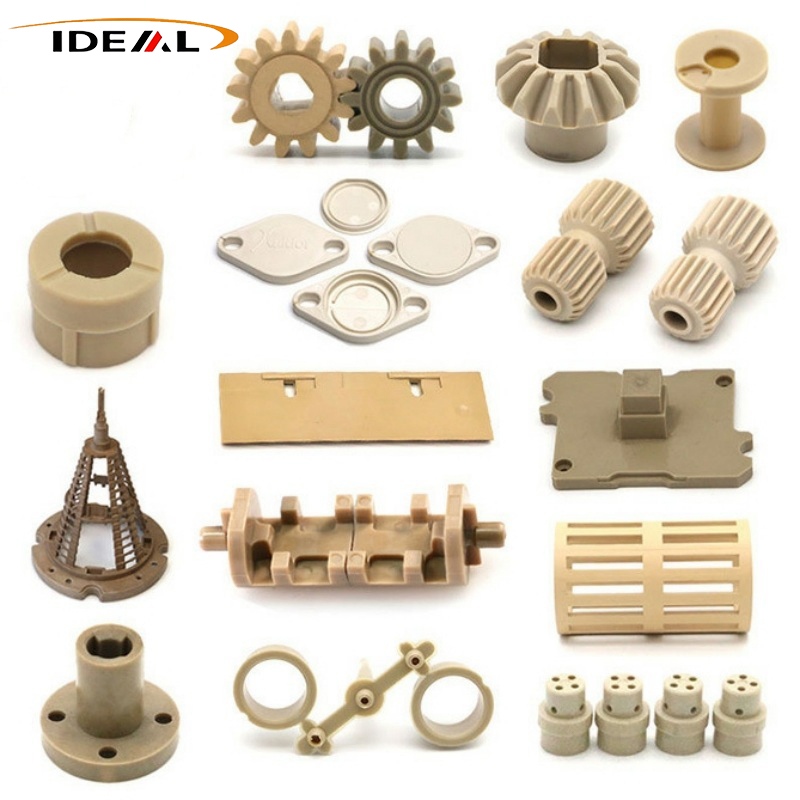Precautions for CNC machining of PEEK plastics
PEEK materials have excellent properties such as high temperature resistance, chemical corrosion resistance, high strength and electrical properties, but PEEK plastics have the characteristics of high hardness, wear resistance and thermal sensitivity during processing, so some skills are required during processing.
1. Material processing:
a, Drying treatment:
PEEK materials need to be dried. Prevent defects such as bubbles and silver streaks during processing.
b, Annealing treatment:
PEEK materials need annealing treatment to release internal stress and improve the dimensional stability and processing accuracy of the product.
2. Tool selection:
a, Tool material:
(1) Carbide tools: General carbide tools such as YW1 or YW2 have high hardness and wear resistance and are suitable for conventional processing of PEEK plastic parts.
(2) Diamond tools: Diamond tools have extremely high hardness and excellent wear resistance and are suitable for high-precision and high-difficulty PEEK plastic parts processing.
All PEEK CNC parts processing must use coolant to reduce wear and heat conduction.
b. Tool geometry parameters:
(1). Selecting a sharp tool with a large rake angle and good chip removal can reduce cutting resistance and ensure smooth cutting.
(2). Properly increasing the cutting edge inclination angle can increase the actual rake angle of the tool, improve the sharpness of the tool and cutting efficiency.
3. Selection of fixtures:
In order to prevent the workpiece from loosening or deforming due to vibration or cutting force during PEEK parts processing, it is necessary to select a suitable fixture.
a. When processing thin-walled parts, clamping methods such as open sleeves or spring chucks should be used. Some pressure plate tools can also be used for clamping.
b. When processing shaft-type PEEK parts, according to the length and shape of the shaft, choose to use support cone fixtures, elastic fixtures, and autonomous fixtures to ensure clamping strength and stability, and ensure axial accuracy.
c. When processing box-type PEEK parts, according to the complexity of the parts, choose flat-nose clamps, pneumatic clamps, or homemade furniture.
4. Selection of processing tolerance:
The heat generated by friction during PEEK plastic processing will affect the accuracy of the product. Usually, under the condition of ensuring that the tool is not worn, the outer tolerance is used as the processing parameter. The size of the finished product when it cools is the final size of the product and is within a reasonable range.


